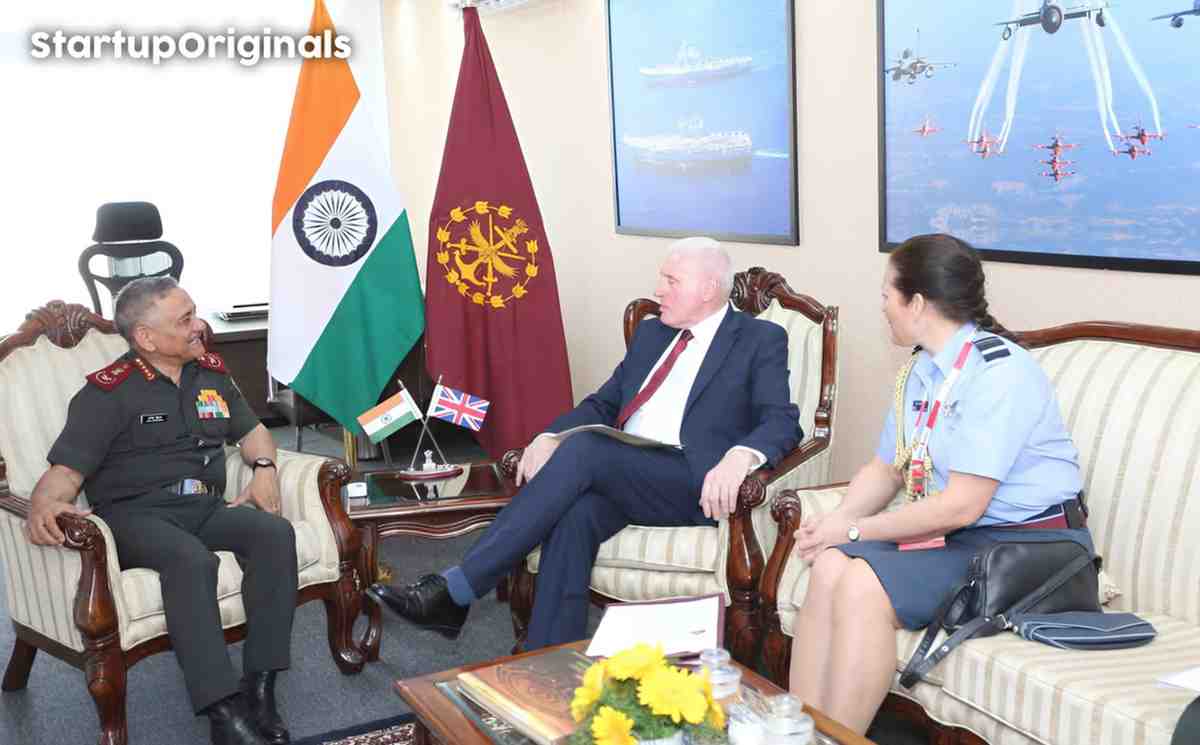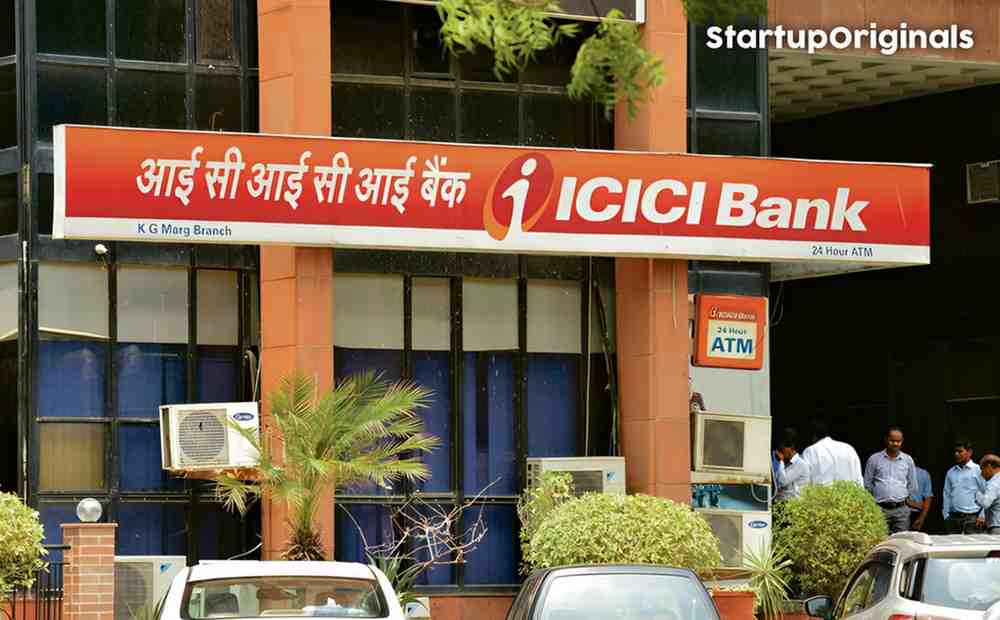
Rolls-Royce, the renowned British aerospace and defence company, has reaffirmed its commitment to co-develop advanced stealth jet engine technology with India. This move comes in the wake of significant diplomatic progress during Prime Minister Narendra Modi’s recent UK visit, where key trade and defence agreements were signed to deepen bilateral cooperation.
Rolls-Royce’s Vision: Empowering India’s Engine Independence
Alex Zino, Executive Vice-President at Rolls-Royce, revealed that the company’s ambition is not limited to transferring technology. The goal is to jointly design and develop a next-generation engine in India, for India, ensuring full transfer of both technical know-how and “know-why.” This collaboration aims to build an ecosystem that can support India’s future aviation projects and advance national self-reliance in gas turbine technology.
Zino emphasized, “We’re offering new ways of doing it, faster and to tighter time scales than ever before.” Drawing on its expertise from the sixth-generation Tempest fighter programme, Rolls-Royce is ready to codesign the engine alongside Indian partners.
Awaiting India’s Green Light:
While the intent is clear, the next step depends on formal action from the Indian government. Rolls-Royce is waiting for a detailed Request for Proposal (RFP), as there are still open questions about the engine’s required size, performance, and intended role. Zino noted that the company stands ready to customize its approach based on India’s specific needs and will continue engagement until India’s requirements are defined.
AMCA Programme: The Catalyst:
The proposed collaboration is closely linked to India’s Advanced Medium Combat Aircraft (AMCA) programme-a flagship stealth fighter jet initiative. According to Zino, having a defined programme like AMCA is crucial to trigger the technology transfer and establish a long-term ecosystem in India that can evolve with future requirements.
Broader Trade Cooperation: The Role of CETA
The recently signed India-UK Comprehensive Economic and Trade Agreement (CETA) paves the way for deeper collaboration in both defence and commercial aerospace sectors. Key provisions include gradual reduction of tariffs and greater alignment with World Trade Organization (WTO) goals for duty-free trade in aerospace products.
This agreement is expected to boost existing relationships with Indian airlines like Air India and IndiGo, facilitate supply chain growth, and support the entry of Rolls-Royce’s Trent XWB engines into India as airline fleets expand.
Scaling Up Investments and Capabilities:
Looking ahead, Rolls-Royce aims to double its aerospace supply chain output from India. The company is also exploring the creation of a full-scale maintenance, repair, and overhaul (MRO) facility to support both defence and commercial aviation-signifying long-term commitment to the Indian market.
Conclusion: A New Era for India’s Indigenous Aerospace Ambitions
Rolls-Royce’s active pursuit of joint engine development with India marks a key milestone in advancing India’s quest for aerospace self-reliance. Combined with supportive trade agreements and defence roadmaps, this partnership is set to strengthen technological capability, spur innovation, and deliver long-term strategic benefits to both nations.




